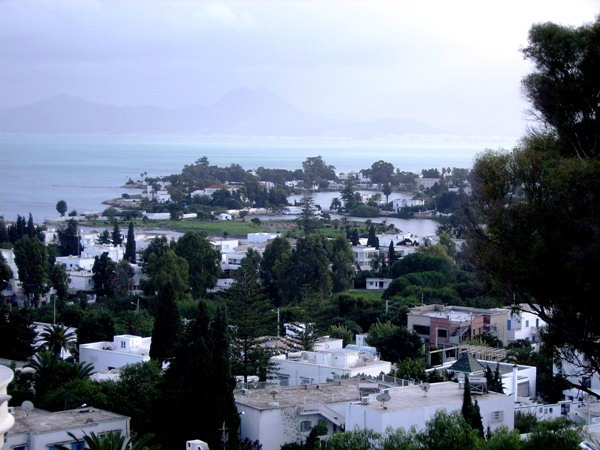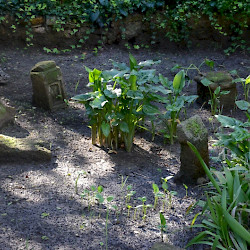Punic Carthage
Q6343Carthage (Phoenician Kart hadašt, "new city"): important ancient city, close to modern Tunis.

Carthage was founded as a Phoenician colony near modern Tunis. It was called Kart hadašt, "the new city", because it was younger than nearby Utica.
After the fall of its mother-city Tyre in 585 BCE, Carthage became the leader of the Phoenician colonies in the west and founded an informal but powerful empire, which is known for its almost perennial struggle against the Greeks of Sicily and the Romans. In the First Punic War (264-241; the greatest war in Antiquity), the Carthaginians lost Sicily to the Romans, and although their general Hannibal Barca tried to reverse the situation in a Second Punic War, the demise had already started. The Romans sacked Carthage in 146 BCE after a Third Punic War, but later, they refounded the city, which again became prosperous.
Early History
According to the Greek historian Timaeus of Tauromenion, Carthage was founded in 814 or 813; another author, Justin, suggested 825. For some time, these dates seemed to be contradicted by the results of excavations, which all suggested that the oldest finds were younger. However, in the late 1990s, it became clear that although the archaeologists had done their job well, their method of dating had been wrong. Essentially, all dates were derived from pottery, the sequence of which was based on the ceramics known from Sicily, where we have Thucydides' list of dated city foundations (text). Although it was widely recognized that these dates were problematic, it was the best way to proceed. In the 1990s, however, radiocarbon-dating was for the first time applied to the Early Iron Age of Carthage, and the oldest finds in Carthage can now be dated to the last quarter of the ninth century.

The first settlers were people from Tyre in Phoenicia. According to legend (text), their leader was a princess named Elissa, who was forced to flee from Tyre after her brother, king Pygmalion, had killed her husband. After founding Carthage, she committed suicide to prevent a war against the native population. The story may contain some reliable information, although it is more likely that the founders of Carthage were merchants and farmers - not refugees. On the other hand, the idea that the powerful city was founded by a woman is too unusual to be mere invention. However this may be, the settlers founded the city on a marvelous place, where it controlled trade between the eastern and western parts of the Mediterranean, and had access to good agricultural resources. There must have been close economic ties to the Numidian hinterland.
It seems that the colony was first ruled by a governor sent from Tyre, but the settlement became a city, the citizens wanted some independence, and kings started to be rulers of Carthage. In the course of the sixth century, they were replaced by two annually elected supreme magistrates, the suffetes ("judges"). The Roman consulship, which is better known to us, was modelled on this office.

Meanwhile, the city was becoming an important trade center. Probably in the first half of the sixth century, the Carthaginian admiral Hanno founded several colonies along the coast of what is now Morocco and proceeded to the gold river Senegal, and even reached Mount Cameroon. Another explorer was Himilco, who reached the British isles. There must have been other expeditions, which are not documented in our sources.
In c.585, the Babylonian king Nebuchadnezzar captured Tyre, which now lost its independence and was no longer able to send reinforcements to Phoenician colonies if they needed them. The settlers had to look elsewhere if they needed help, and Carthage became the leader of a more or less informal empire, based on a shared ethnic sentiment and commercial interests. It consisted of many cities, all situated on the coast. In the east and northeast, it bordered on the Greek possessions in the Cyrenaica and on Sicily; in the north, Carthage controlled the shores of Sardinia and Corsica, and in the west, the ports of the Maghreb and Andalusia. It also controlled the gold trade from Senegal and the route to the mysterious "tin isles", which may have been everywhere along the Atlantic Coast.
Architecture
 Carthage, Quartier de Magon, House A |
 Carthage, Quartier Hannibal, Houses |
 Carthage, Quartier Hannibal, House |
 Carthage, Quartier de Magon, Sea wall |
Tophet
 Carthage, Tophet, Tombstones |
 Carthage, Tophet, Tombstones |
 Carthage, Tophet, Tombstones |
 Carthage, Tophet, Tombstones |